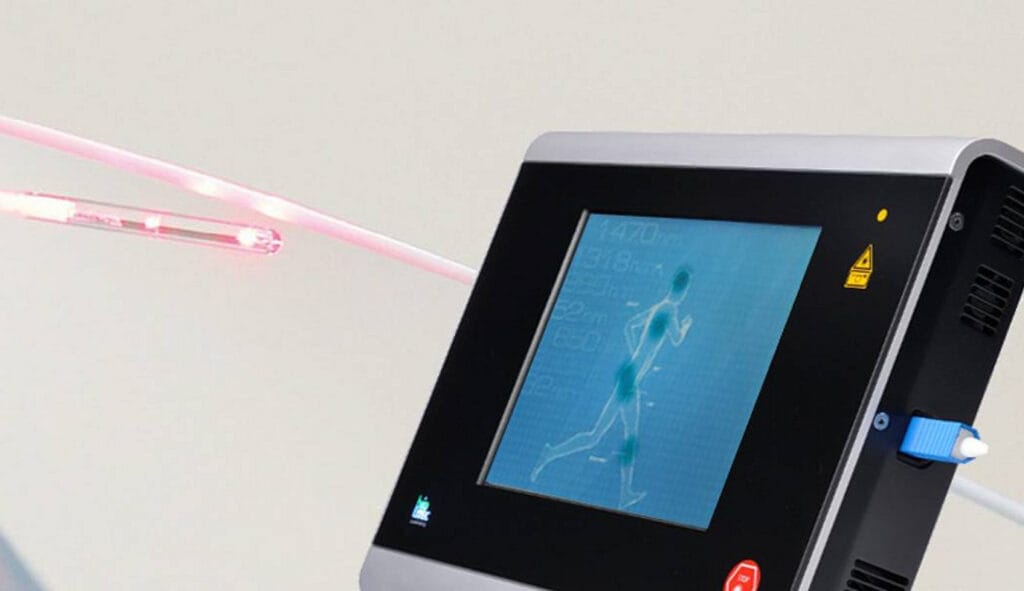For some time, the surgical equipment at Vītols klīnika for treating endometriosis has been effectively complemented by advanced diode laser technology. Because endometriosis often affects young patients who are not planning pregnancy at the time of diagnosis, treatment strategies must be especially forward-looking, with the goal of preserving fertility as much as possible. The specialists at our clinic continue to be supporters of excision surgery for endometriosis lesions. This means that symptomatic patients undergo the complete removal of all visible lesions. Our surgery is not limited to the removal of cysts or simple coagulation of lesions. However, in some cases, complete excision of the lesion, for example, from the surface of the ovarian blood vessels, can cause damage to them, which can result in reduced fertility. In these situations, the diode laser is particularly valuable, as it acts superficially and minimises the risk of injury to deeper structures.
The patients who benefit most from diode laser technology are those with recurrent endometriotic ovarian cysts or cases in which cyst excision is difficult and removal may risk unnecessary trauma to ovarian tissue, for example, in the presence of pronounced capsular fibrosis.
The decision to use the laser is made intraoperatively, as focal excision surgery remains our gold standard – and that of many specialists worldwide – though the surgical approach may vary depending on the situation.
As a reminder, endometriosis is not the only condition where lasers can be used. We also employ the diode laser in hysteroscopy, where even large polyps can be gently excised using a small-diameter hysteroscope without cervical dilation. It can also be used to divide uterine septa or adhesions and perform various other intrauterine procedures.
